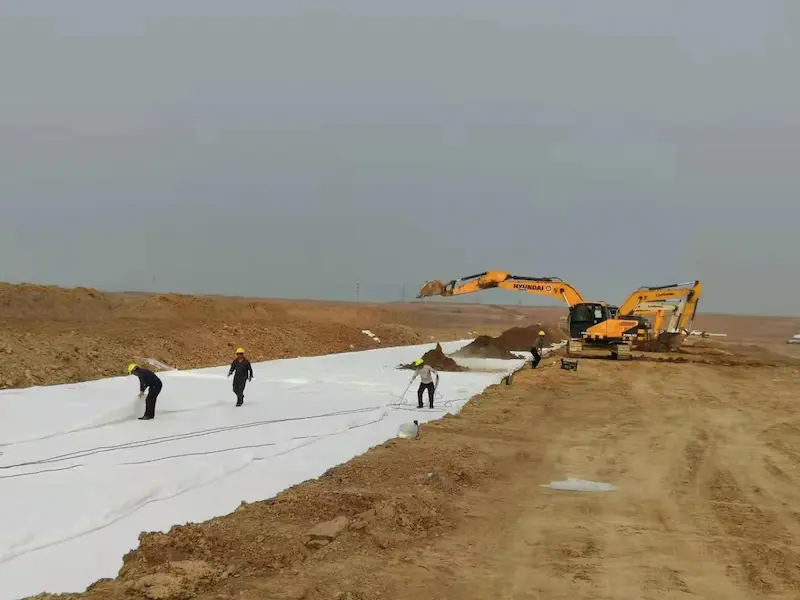PPT-based Geosynthetics: Revolutionary Materials in Geotechnical Engineering
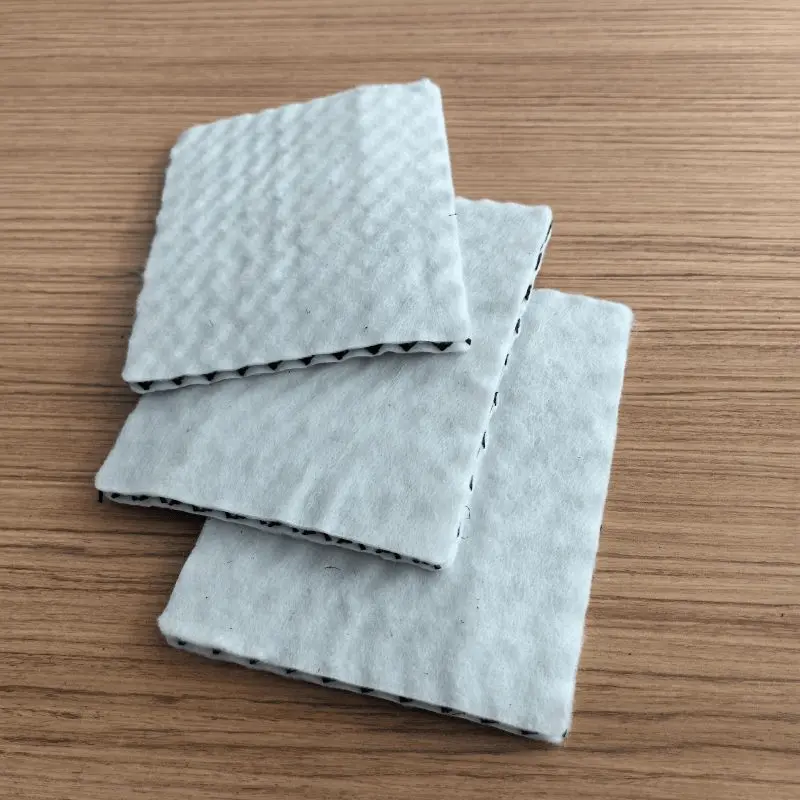
(white 3D composite drainage network)
With the relentless advancement of technology and the ever-increasing demands of engineering projects, novel materials are finding widespread application in the field of geotechnical engineering. Among these, PPT-based geosynthetics have emerged as an innovative engineering material, gaining significant attention due to their unique properties and diverse applications.
882520.webp)
(black 3D composite drainage network)
PPT, or polypropylene, is a thermoplastic polymer that exhibits exceptional physical and chemical properties. Its remarkable heat resistance, chemical resistance, mechanical strength, and processability make PPT-based geosynthetics a standout in geotechnical engineering.
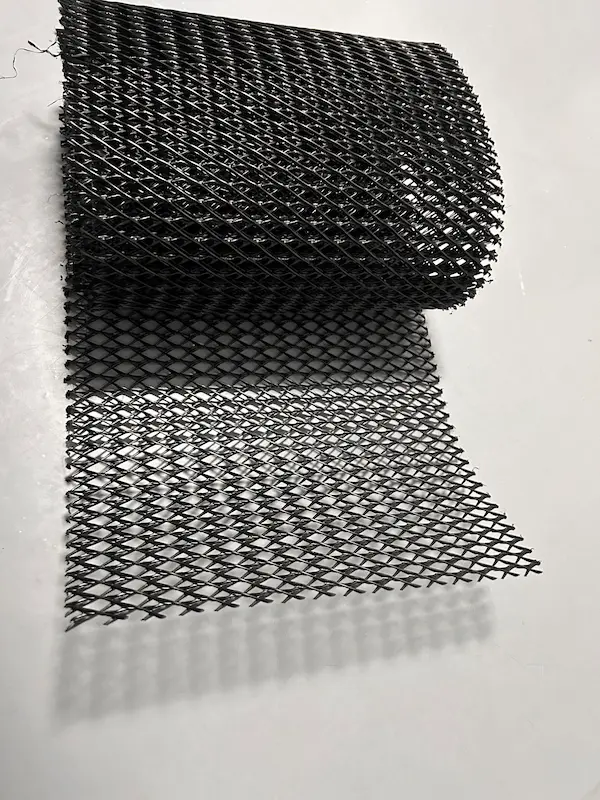
(black 3D drainage net)
Geosynthetics, as artificial materials designed to enhance soil engineering performance, have revolutionized traditional engineering practices. The integration of PPT materials with geosynthetics offers a reliable and efficient solution, leveraging the strengths of both.
922756.webp)
(white Composite geomembrane )
In road engineering, PPT-based geosynthetics serve as reinforcement materials for roadbeds, enhancing their load-bearing capacity and stability. Their high strength and durability enable roads to withstand heavier traffic loads, reducing the frequency of surface damage and repairs.
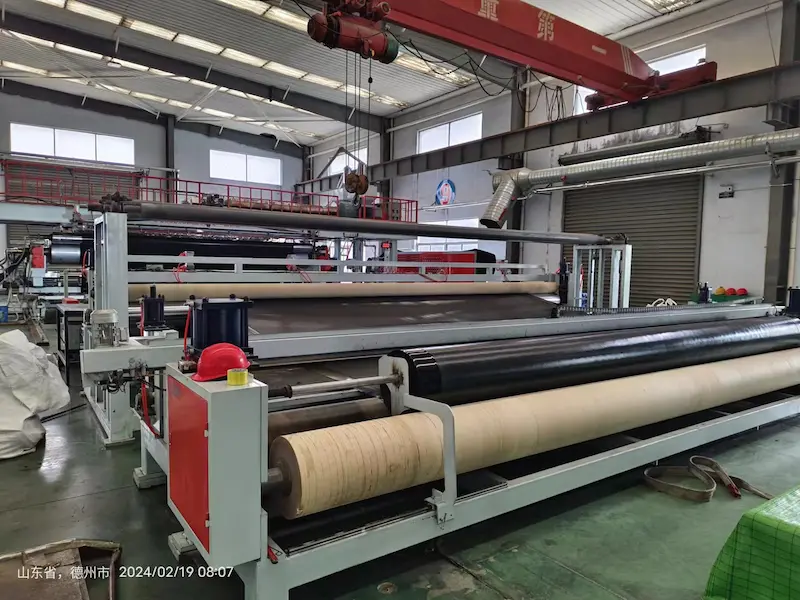
(Anchored geomembrane Production Line)
In water engineering, these materials are utilized for seepage prevention and reinforcement in structures like reservoirs and dams. Their excellent water resistance and corrosion resistance effectively prevent water leakage and erosion, ensuring the safe operation of water facilities.
Furthermore, PPT-based geosynthetics find application in environmental engineering and restoration projects. For instance, in soil remediation projects, they act as soil modifiers, improving soil's mechanical properties and erosion resistance. In landfill construction, they serve as cover materials, preventing the leakage and dispersal of harmful substances from waste.
The advantages of PPT-based geosynthetics are numerous. Their high strength and durability contribute to the stability and reliability of engineering structures. Additionally, the excellent processability of PPT materials allows for customization and tailoring to meet specific engineering requirements. Moreover, PPT-based geosynthetics are environmentally friendly and non-toxic, aligning with modern engineering's emphasis on sustainability.
However, the application of PPT-based geosynthetics also poses some challenges. Selecting the appropriate material type and specifications to suit different engineering needs, as well as ensuring the quality and safety of the construction process, are areas that require further research and exploration.
In conclusion, PPT-based geosynthetics represent a significant innovation in the field of geotechnical engineering. With their vast application potential and numerous advantages, they are poised to play a crucial role in the future development of civil engineering. As technology continues to evolve and experience accumulates, it is anticipated that PPT-based geosynthetics will contribute even more significantly to the advancement of geotechnical engineering.
![]() Geosynthetics_Presentation.pptx
Geosynthetics_Presentation.pptx
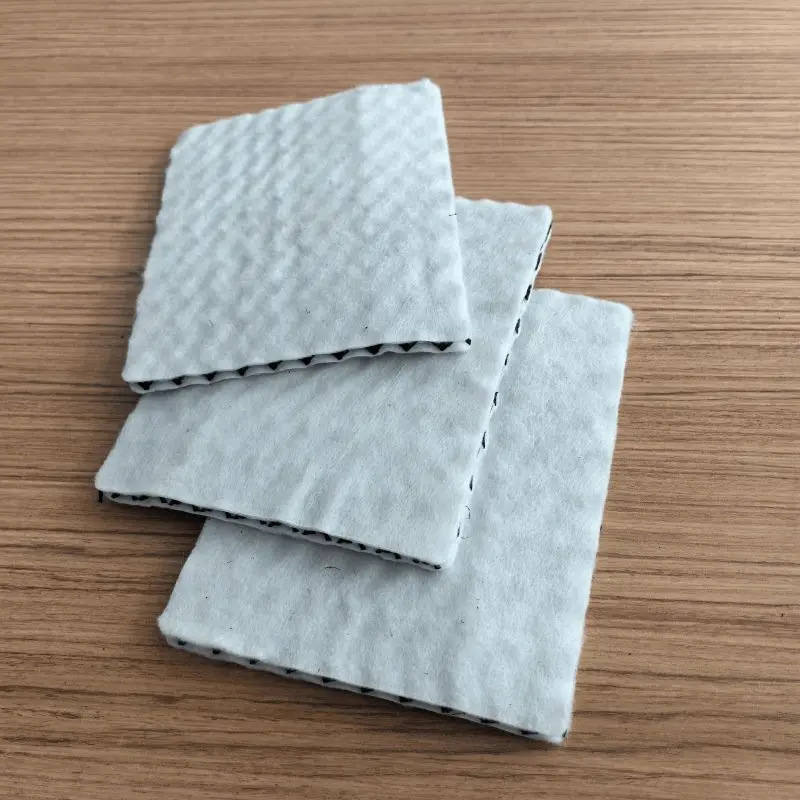
318.webp)
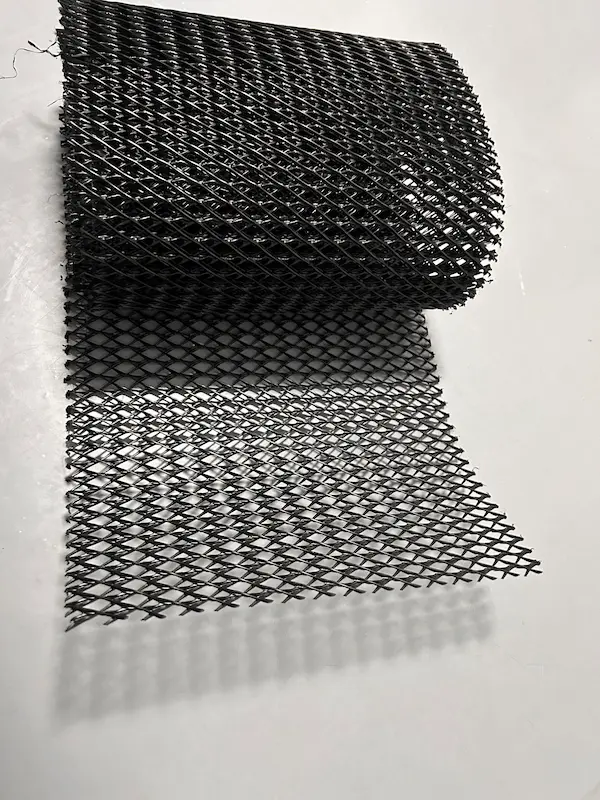
695.webp)
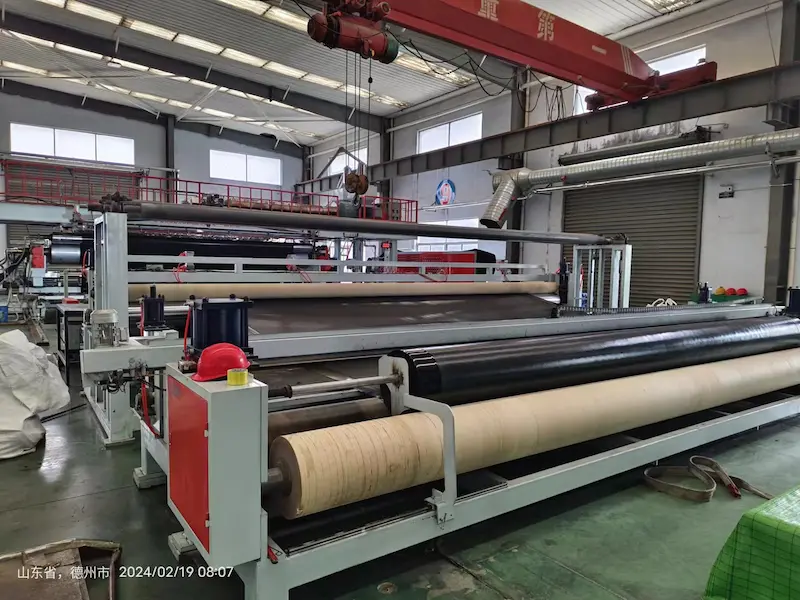
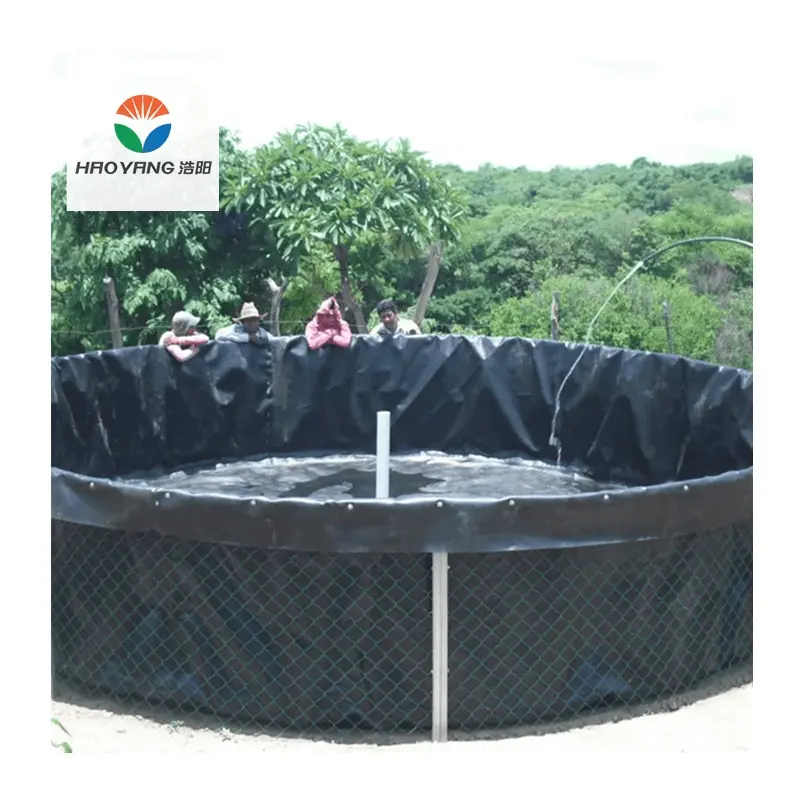
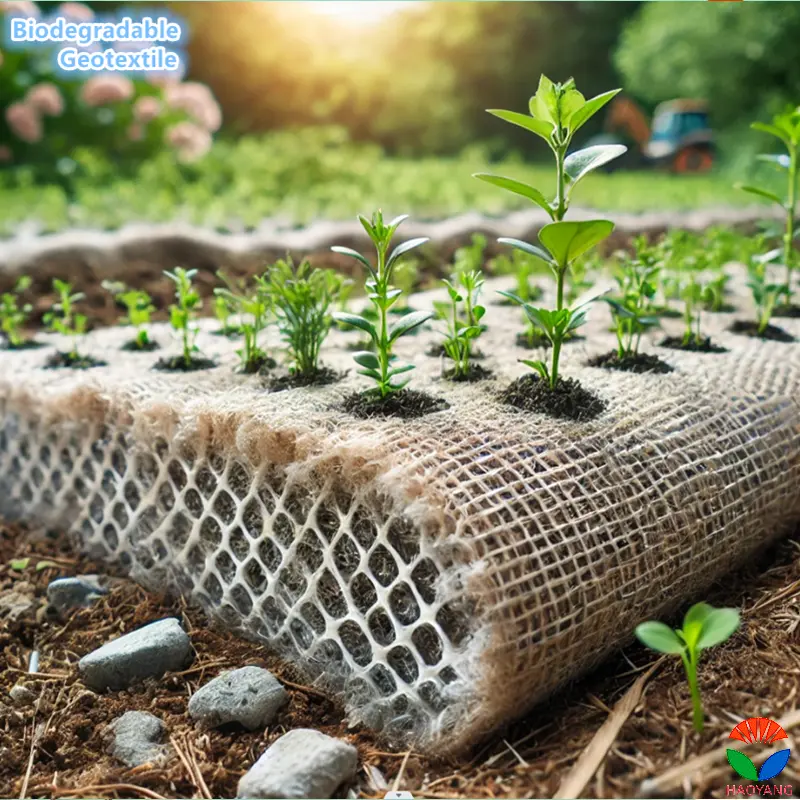
628.webp)
